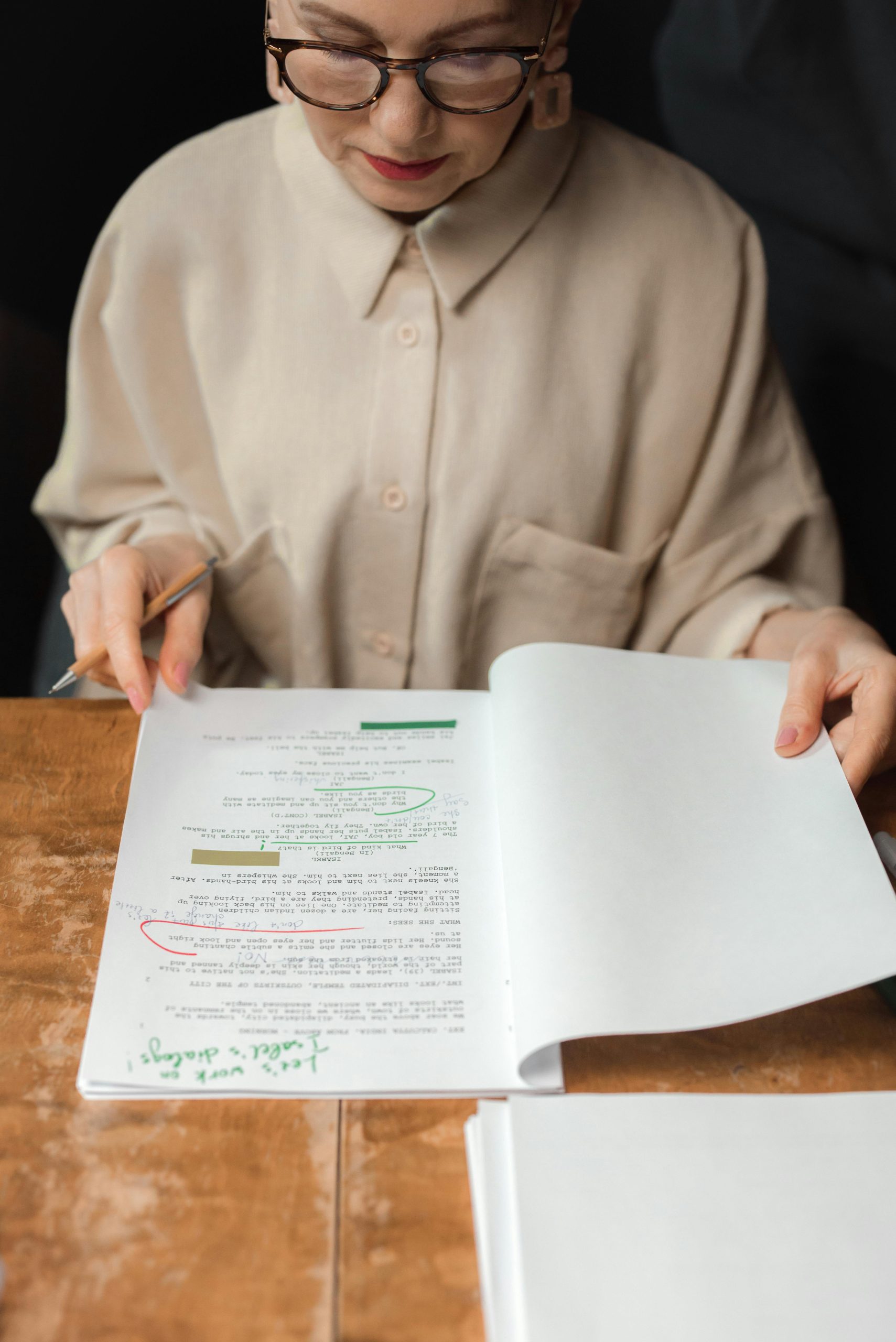While getting down to work, it is important for students and teachers to evaluate STEM (Science, Engineering, Technology and Mathematics) projects, to analyze the prototype and also the teaching process. But it should be more than just a step to fulfill an obligation. Conducting feedback can be a useful tool for the whole team, helping to identify both the learning of traditional school content and the skills, competencies and attitudes they developed throughout the experience.
In an interview to the Samsung Solve for Tomorrow Latam platform, industrial engineer Juan Carlos Lara Caicedo shared his knowledge from almost a decade of working with educational projects. He is the executive director of Edumedio, Solve for Tomorrow’s technical partner agency in Colombia, dedicated to supporting brands and companies through social projects.
According to Caicedo, the feedback moment is not only to point out mistakes, but to reflect on whether students are really connecting consistently with the purpose of the project. Therefore, in the feedback and accompaniment sessions, they should discuss together why they did the steps done and what could be changed to return to the initial purpose.
Remembering what motivated the project and why they want to make a positive transformation allows the project to remain relevant, flexible and enables them to create broader and more powerful value ecosystems, according to Caicedo. “Keeping that purpose alive allows students to face iteration processes with strength and constancy, always remembering why their work is meaningful and relevant to them and their community,” he warns.
Evaluation at all stages of the project
In its project journey, Samsung Solve for Tomorrow presents evaluation as the final step of the process, understanding, however, that it is important to apply it also throughout the initiative, as it is an important tool to achieve the objectives proposed in the project and not only the development of the class as a whole.
Therefore, Caicedo explains that it is important to establish clear and deliverables evaluation criteria from the beginning of the project. That helps students focus on fundamental aspects and allows them to receive more precise feedback that they can apply to make final adjustments and optimize their project. “It is valuable that feedback is very clear and combines recognition of achievements with specific areas for improvement. Balanced feedback helps students feel satisfied with their progress, while identifying details they can optimize before the final presentation,” he adds.
In the “Kartic Biofiltros” project from Argentina, winner of the program in 2021, the methodology for evaluation emerged from student internships. Mediator teacher Walter Acosta came up with the idea of creating rubrics to monitor the knowledge acquired through project-based learning and the skills and attitudes they develop during the process. “I built markers, which I have been using in regular classes and at the end of the process, my students began to fill out a questionnaire, identifying what they learned, what are the facilities and challenges of this type of proposals, what should I improve as a teacher, etc”, he explains, indicating that, for him, this is the way to advance in the quality and relevance of educational processes for young people.
From global to local
For Juan Carlos Caicedo, from Edumedio, it is very important to have a “Glocal” vision, that is, to think about the global impact of the problem and the solution, but focusing on a local perspective. “Using the Sustainable Development Goals (SDGs) as a framework helps them place their proposal in a global context and connect their work to a larger impact vision.”
Encouraging students to research how similar problems have been solved in other parts of the world and evaluate the impact of these solutions allows them to review their project in a global perspective, integrating ideas and learnings from other contexts. The “EKOfraldas” project, for example, was the result of research and experimentation by a team of five Brazilian students who took the SDGs as their starting point. The initiative was a Solve for Tomorrow finalist in the country, in 2023, and began when the young people studied the 17 ambitious and interconnected plans proposed by the United Nations to end poverty, protect the environment and the climate, among other actions.
From that issue, they learned about some innovations in the biodegradable diaper market, but that they were not affordable for the majority of the population in their community. With that in mind, they decided to create a more economical alternative, using local materials.
Don’t forget to have fun
In the end, it ensures that the team has moments of reflection and rest. “Releasing the idea temporarily and then picking it up again allows students to renew their energy and find new perspectives. These moments of pause and self-evaluation help them see their progress and make informed decisions to continue the project,” Caicedo observes.
Fun was something that was not lacking in “Hidrosung,” a 2023 finalist project from the Dominican Republic. Teacher mediator Maria Noroibi Muñoz recalls that in the weeks they spent creating the prototype, there was concentration and dedication, but there were many moments when they enjoyed themselves, sharing good memories.




